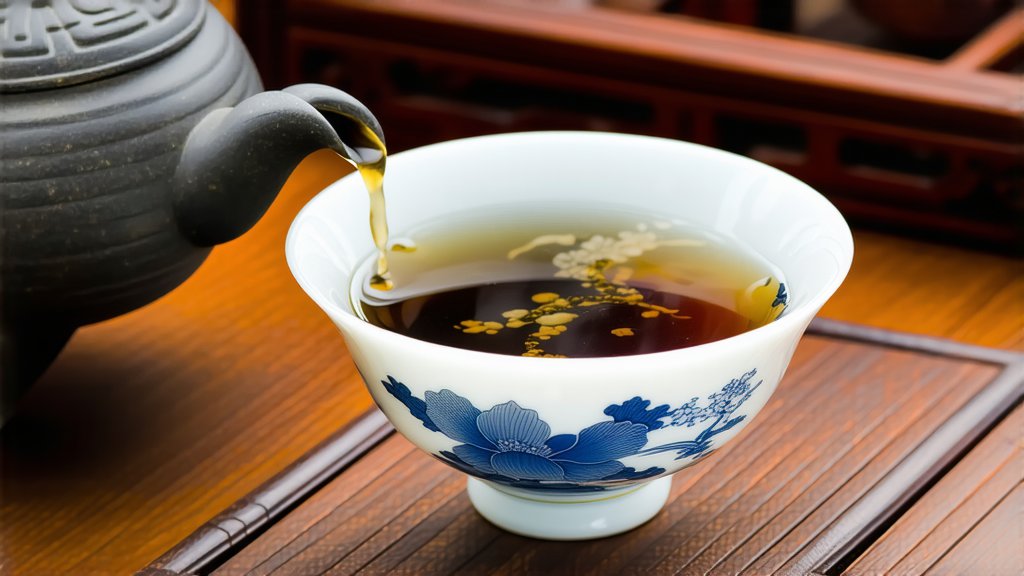
White Peony Tea, also known as Bai Mudan in Chinese, stands as one of the most revered and distinctive varieties within the realm of white teas, hailing from the lush mountains of Fujian Province, China. This exquisite tea embodies not only the essence of its terroir but also centuries of cultural heritage and meticulous craftsmanship that have been passed down through generations. In this exploration, we delve into the historical roots, diverse types, intricate production process, and the art of appreciating White Peony Tea, offering international readers a glimpse into the profound depths of Chinese tea culture.
Historical Roots and Cultural Significance
The origins of White Peony Tea can be traced back to the early Tang Dynasty (618-907 AD), with its cultivation and consumption gaining prominence during the Song Dynasty (960-1279 AD). It was during this golden age of Chinese culture and arts that tea became deeply intertwined with literature, philosophy, and daily life, symbolizing purity, elegance, and tranquility. White Peony, in particular, emerged as a favored choice among scholars and poets who sought solace in nature and the subtleties of life. Its name, 'Bai Mudan,' translates to 'White Peony,' referencing both the delicate appearance of the tea leaves and the peony flower, which holds significant cultural symbolism in China representing prosperity, honor, and love.
Types of White Peony Tea
White Peony Tea encompasses a range of variations, primarily categorized based on the maturity of the tea plant and the time of harvest. The two main types are:
-
Shou Mei (Tribute Eyebrow): Harvested later in the season when the tea plant has matured, Shou Mei features larger, more robust leaves and buds, resulting in a fuller body and stronger flavor profile compared to its spring counterpart.
-
Bai Mudan (White Peony): Picked in early spring when the tenderest shoots and leaves are just sprouting, this variety is prized for its delicate aroma, light floral notes, and ethereal sweetness. It represents the quintessence of white tea's subtlety and refinement.
The Art of Crafting White Peony Tea
The production of White Peony Tea is a testament to the artisanal skill and patience required to create such a delicate beverage. The process involves several key steps:
-
Withering: Freshly采摘ed leaves and buds are spread out thinly on bamboo mats or trays under the sun or in a shaded, well-ventilated area. This step allows the moisture content to decrease gradually, softening the leaves and initiating enzymatic reactions that contribute to the tea's unique flavor profile.
-
Fixation: Once the leaves have withered sufficiently, they undergo a brief heating process, either through pan-frying or steaming. This step halts oxidation, preserving the tea's pale color and fresh, greenish-yellow hue.
-
Drying: The fixed leaves are then dried slowly at low temperatures to reduce their moisture content further, ensuring longevity without compromising flavor or aroma.
-
Sorting and Grading: Finally, the dried tea is meticulously sorted by hand to separate buds from leaves and remove any imperfections, grading them based on size, shape, and quality.
The Pleasure of Appreciating White Peony Tea
To truly savor White Peony Tea is to engage in an act of mindfulness and sensory exploration. Here are some guidelines for an authentic tasting experience:
-
Preparation: Use freshly drawn, cooled boiled water and a transparent glass or porcelain gaiwan to observe the tea's unfurling dance. Rinse the leaves briefly with hot water to awaken their flavors.
-
Infusion: Add approximately 3-5 grams of loose leaf tea per 150ml of water, adjusting according to personal preference. Steep for 1-3 minutes at around 80-85°C (176-185°F), allowing the tea to reveal its nuanced flavors gradually.
-
Observation: Admire the pale golden liquor, noting its clarity and subtle shimmer. Take in the gentle, floral aroma that evokes hints of peonies and melon.
-
Tasting: Sip slowly, allowing the tea to coat your palate. Notice the initial sweetness, followed by a silky texture and a lingering aftertaste that whispers of honey and fresh herbs.
-
Reflection: Embrace the meditative aspect of tea drinking, letting each sip transport you to the misty mountains of Fujian, where the legacy of White Peony began.
In conclusion, White Peony Tea offers not just a drink but an experience steeped in history, artistry, and the serene beauty of nature. As you embark on your own journey with this enchanting tea, may you find solace in its delicate embrace and a deeper appreciation for the rich tapestry of Chinese tea culture.